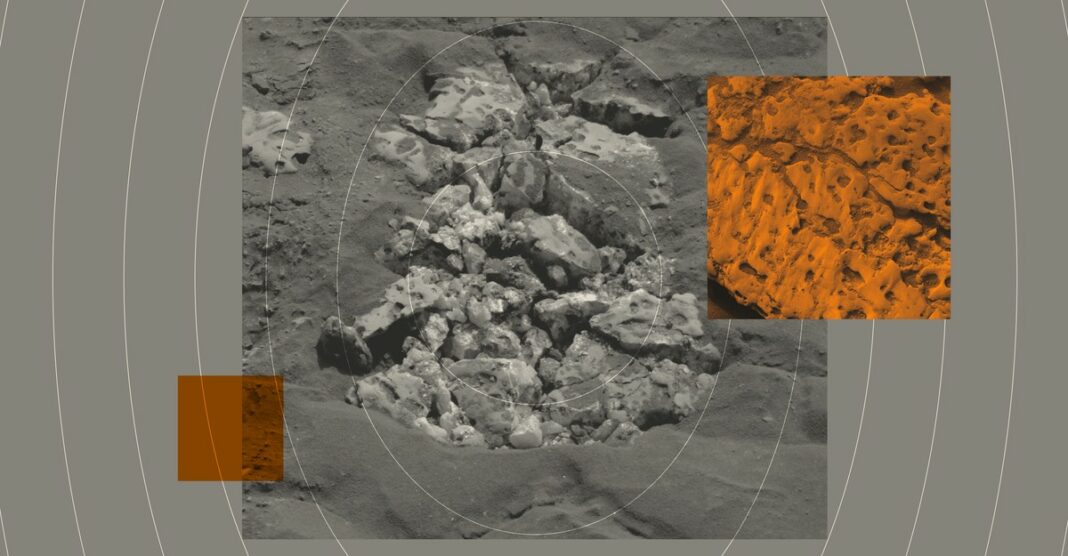How Humans Find Alien Life on Mars
Exploring the possibility of finding alien life forms on Mars has been a central focus of space exploration for decades. As technology advances and our understanding of the red planet improves, scientists are narrowing down the search for extraterrestrial life. Here, we delve into the methods and technologies that could potentially lead us to discover alien life on Mars.
1. Remote Sensing
One of the key ways scientists are searching for signs of alien life on Mars is through remote sensing. This involves using instruments and sensors to gather data from a distance, such as orbiting satellites and rovers on the surface of Mars. By analyzing the composition of the Martian soil, atmosphere, and geological features, scientists can look for indicators of past or present life forms.
Key Technologies:
- Telescopes
- Spectrometers
- Imaging cameras
- Laser-induced breakdown spectroscopy (LIBS)
2. Sample Return Missions
Another method for finding alien life on Mars is through sample return missions. This involves collecting samples of Martian soil or rock and bringing them back to Earth for detailed analysis. By studying these samples in a laboratory setting, scientists can search for organic molecules, microbial fossils, and other evidence of extraterrestrial life.
Potential Sample Return Missions:
- Mars 2020 Rover
- ESA’s ExoMars missions
3. Astrobiology Experiments
To further investigate the possibility of alien life on Mars, scientists are conducting astrobiology experiments. These experiments involve studying extremophiles – organisms that thrive in extreme environments on Earth – to understand how life could survive on Mars. By simulating Martian conditions in laboratories, scientists can test the resilience of different life forms and potentially discover new forms of life.
Key Experiments:
- Mars Simulation Chamber
- Microbial growth experiments
- Chemical analyses of Martian soil samples
Conclusion
In conclusion, the search for alien life on Mars is a complex and fascinating endeavor that involves a combination of remote sensing, sample return missions, and astrobiology experiments. As technology continues to advance and our understanding of Mars improves, scientists are getting closer to uncovering the truth about potential extraterrestrial life forms on the red planet. While the discovery of alien life on Mars would be a groundbreaking moment in human history, it also raises important questions about our place in the universe and the potential for life beyond Earth.
FAQs
Q: How likely is it that we will find alien life on Mars?
A: While the search for alien life on Mars is ongoing, scientists have yet to find definitive proof of extraterrestrial life forms. However, the discovery of microbial fossils or organic molecules could indicate the presence of past or present life on the red planet.
Q: What are the risks of contaminating Mars with Earth-based life forms?
A: One of the primary concerns in the search for alien life on Mars is the risk of contaminating the planet with Earth-based microbes carried by spacecraft. To minimize this risk, strict protocols are in place to sterilize spacecraft and ensure that samples returned from Mars are handled with care.
Q: How would the discovery of alien life on Mars impact humanity?
A: The discovery of alien life on Mars would have profound implications for humanity, raising questions about the nature of life in the universe and our place in it. It could also spur new discoveries in astrobiology and space exploration, leading to further exploration of Mars and other potentially habitable worlds.




